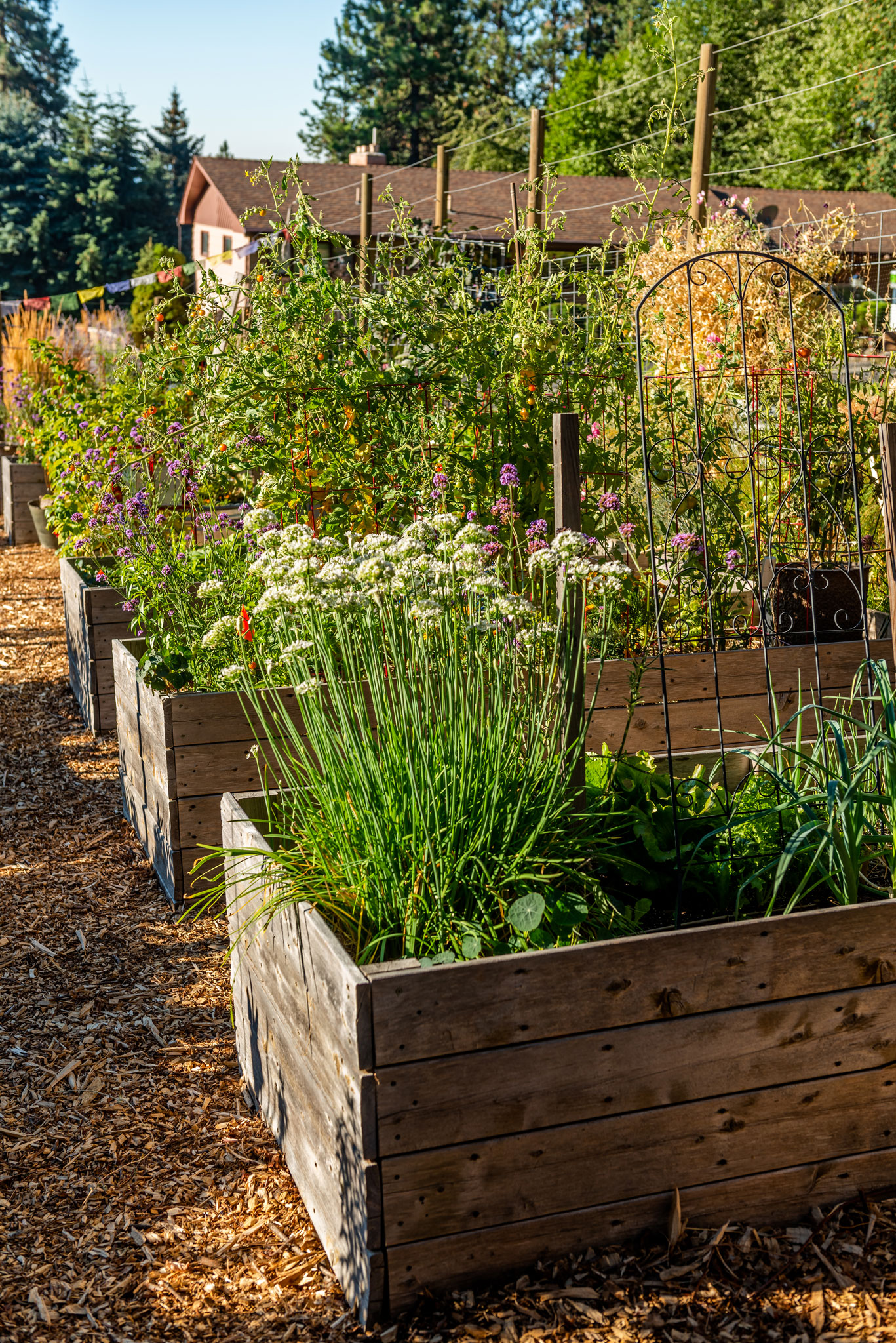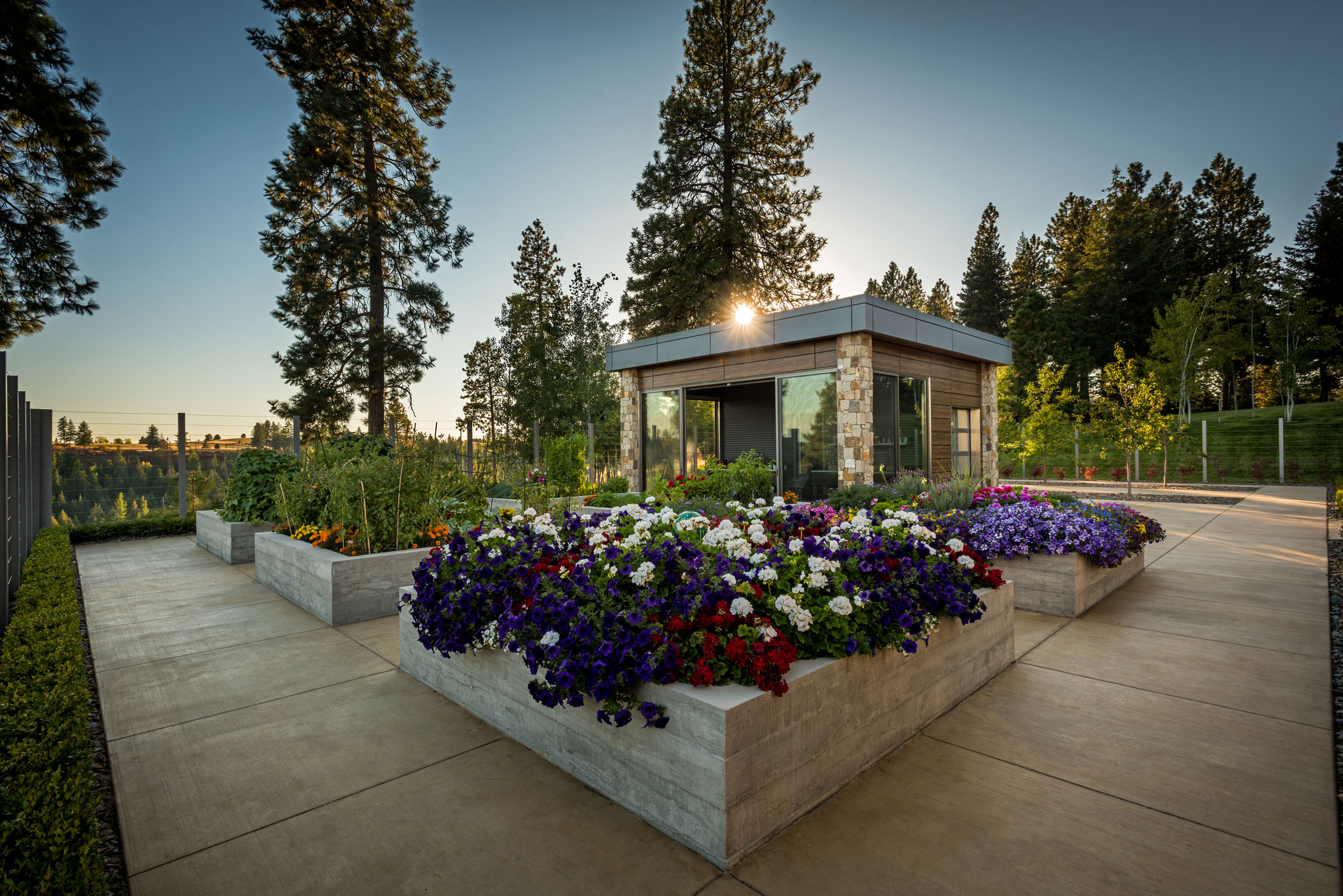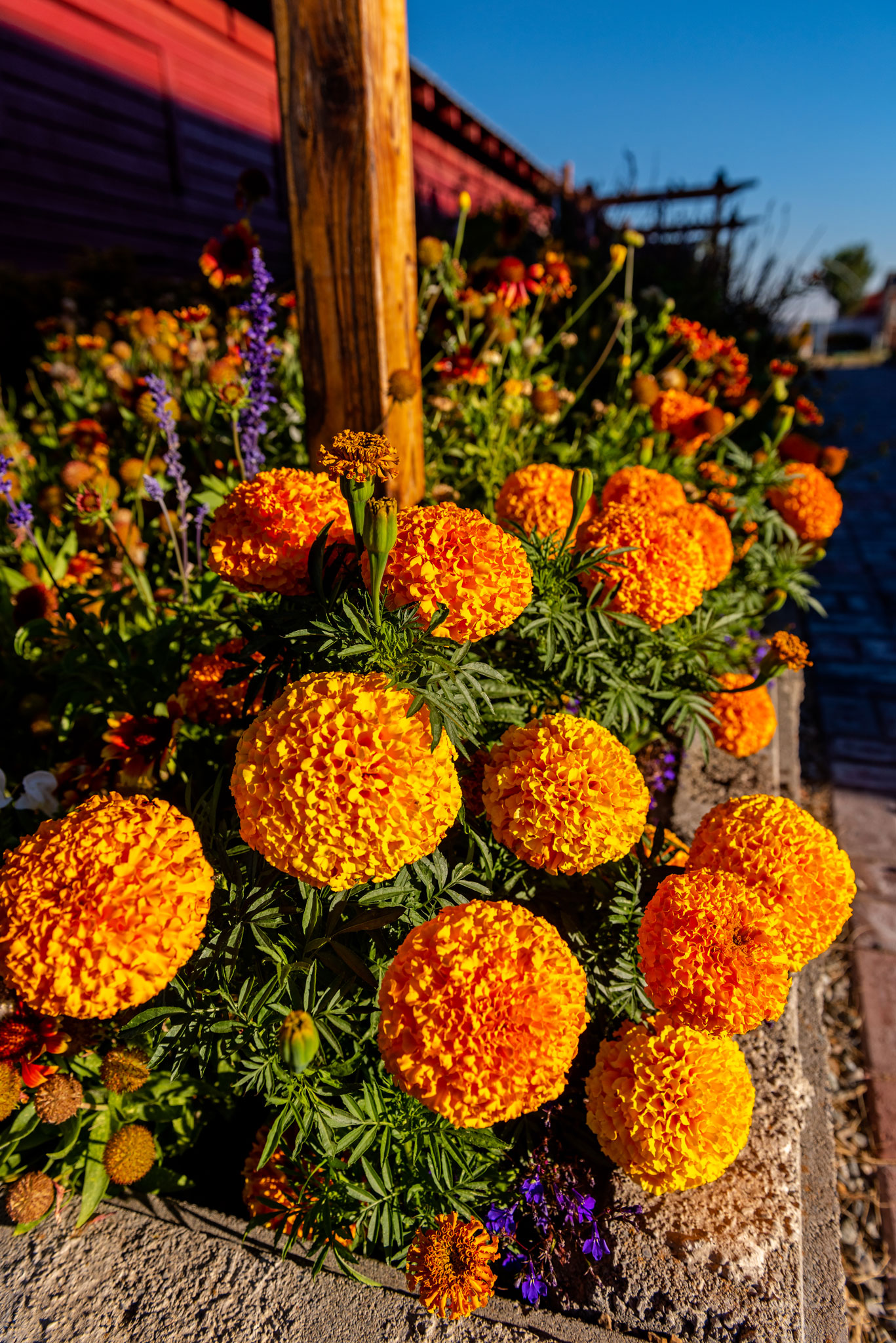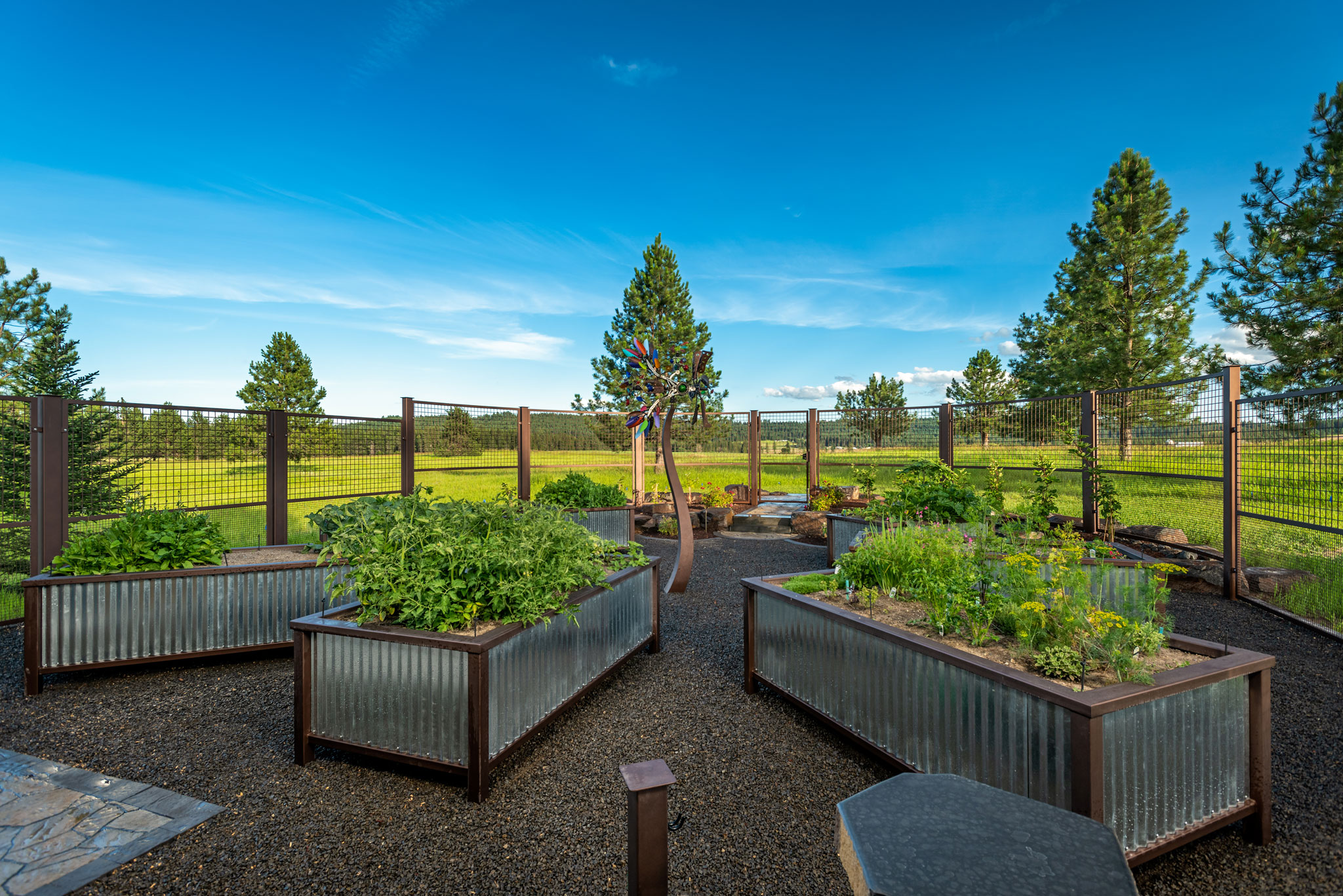Gardening and working in the yard offer a healthy dose of physical exercise, and studies have shown that it helps you relax, relieves stress and anxiety, and restores mental health and satisfaction with life. When gardening as a community or family, you create connections that build over time. And you enhance the quality of life for yourself, those around you, your environment, your neighborhood, and your world.
As you consider where to start or continue your horticulture journey, the first question you should ask yourself is, “What type of garden is best for me?” Here are a few words of advice to help your green thumb find its niche.
» Make a plan
Yes, you could show up at the garden center on the first day of spring and wing it. But making some sort of plan, even if it’s a loose one and you don’t check it twice, can help you find better success throughout the growing season and provide future reference for bigger and better gardens down the road.

A lot of resources suggest keeping a gardening journal, and, as a writer, I’ve always thought this was a fantastic idea. However, for me, that method of planning just doesn’t work. Instead, I have a photo journal. Snapping pictures every summer of my blooming container garden reminds me what I’ve done, what worked, and what failed. I also keep a file of resources from my local Master Gardeners office of methods and information that have helped me grow more productively.
Think about how you learn and how you organize things. Maybe a journal is the perfect fit for you. Or perhaps you are more visual and a sketch of your flower beds or vegetable garden inspires and motivates you. Discover what works best for you and then allow nature and time to mold your plan into something wondrous.
» Assess your space
My garden space consists of a section of a driveway tucked against a raised shrub and flower bed, which means that I have no ground soil to plant. It also faces north, which limits sun exposure, shortens my growing season, and reduces my vegetable choices. Because of these two primary factors, I cultivate a container garden in 5-gallon buckets that I can move around with the sunlight, if needed. I also choose plants that are more cold hardy and thrive in partial sunlight, such as Polar and Siberian tomato varieties.

What kind of space do you have? Is it a sprawling lawn edged with lavender, ornamental trees, shrubs, rose beds? Perhaps it’s a third-floor balcony or small patio outside an apartment? Even a rocky dirt lot can become a flourishing garden with a little time and effort.
When evaluating your space, take into account the following: sunlight throughout the day, water availability, protection from harsh weather, soil needs and health, and daily line of sight. Depending on what you plan to grow, having the right environmental conditions and soil are vital to the health and longevity of your garden. And when you plant within the scope of a kitchen window or regularly used doorway, you’ll be able to keep an eye on the progress of your plants and identify problems and pests before they cause too much damage.
» Determine your goals
Once you know the space you want to grow, you can determine what you are able to plant, how it is laid out, and what goals you want to accomplish by the end of the growing season.

If you plant a basic salsa garden – tomatoes, peppers, herbs, garlic, onions – your goal would be to have enough produce during harvest to make at least one jar of salsa!However, if you’re focusing on fl ower beds, you hope to reap a variety of blooms over a period of time. And maybe even start your own fl oral business!
» Invest your time
Your goals may be grand or modest, but if you don’t have the time to invest in the plants you want to grow, you might want to reconsider your plan. Vegetable gardens need time to prepare beds or pots, plant seeds, manage insects and pest, water, fertilize, and nurture fruit and plants. Lawns need mowing and weeding. Shrubs and flowers need pruning and picking. If you work long hours or plan to be on vacation for extended periods during the growing season, perhaps a more simplified plan would be best.
Growing together as a family is a wonderful way to distribute tasks and maximize the time spent in your garden.
See the article “Growing Families Together” in this publication for more on the benefits of families growing gardens.
Story continues after a quick message from our sponsor below.
» Identify your growing zone
Another major factor in determining what you can grow and when is identifying your growing zone. All plants don’t thrive in every climate and landscape. The USDA’s Plant Hardiness Zone Map is an exceptional starting point for figuring out your zone and what grows best there (planthardinessars.usda.gov). From there, the Old Farmer’s Almanac helps you find this year’s first and last frost dates for your zone as well as what grows best in your climate. Your local Extension office is also an invaluable resource for discovering adapted and native plants.
Growing in a greenhouse or your home can extend your growing season and allow you to grow plants that don’t naturally thrive in your area. If a plant needs insects or other plants for pollination and fruiting, then it shouldn’t be grown indoors. Plants that are self-pollinating, like tomatoes, peppers, beans, and herbs, thrive indoors.
» Learn with the curve

Be honest about your skill level before you begin and understand that horticulture can be unpredictable. You can plan every detail, and then a heat wave can come through and destroy half your garden. Some things will remain constant, like aphids and earwigs, while others will test your knowledge and patience. Just remember to breathe in the smells, sights, and sounds of your yard and garden and find a harmonious fl ex with your space and all its natural nuances.
» Pick a style…if you want
I suppose my garden style can be categorized as “container,” “urban,” and “vegetable.” I grow a portion of my own food every year in buckets and pots while minimally caring for the established shrub and flower beds that came with my rental. But there are many garden styles, from natural and country to modern, formal, and desert. A Northwest garden might be asymmetrical with a mix of woody and perennial plants, year-round textures, and a focus on sustainability. Coastal landscapes are have tough plants, silvery foliage, and flexible movement. Japanese gardens are carefully sculpted for a zen atmosphere. Zeroscaping and Xeriscaping are two philosophies that can minimize landscape maintenance and maximize dry climates.

Tour style doesn’t have to fit into a box. Make your space a place to explore and discover your style and what works best for you.
» Go and grow
Now that you have your plan, have figured out your space and what you can and want to grow, just go out there and do it! A plan will only get you so far. The satisfaction and tranquility that comes with working in the dirt can only be achieved by getting your hands dirty. N
By S. Michal Bennett
Photography By Joel Riner
As Featured In: 2022 Home Edition



